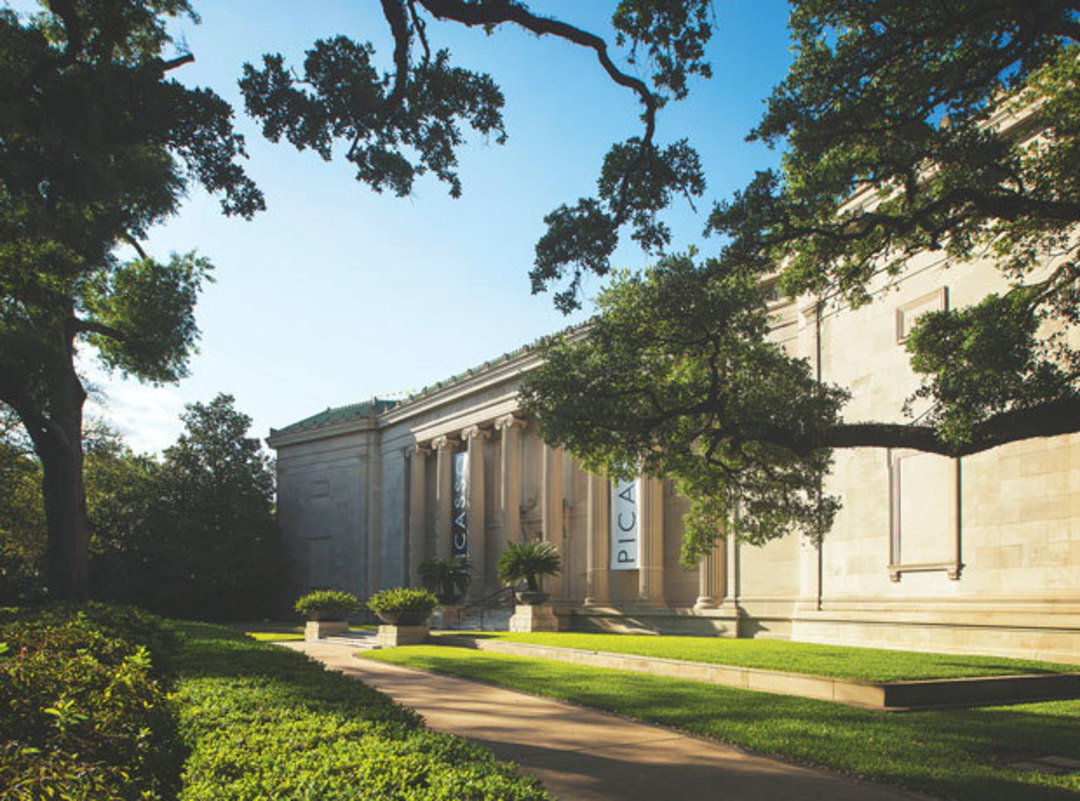LET’S NOT PRETEND that living in America’s hottest real estate market is a burden; still, the volatility can be maddening. Where else can you find yourself first in line at an open house, only to discover that the place already has three offers from an invitation-only open house the previous day? No place, that’s where. In what other city do they issue 27,000 permits for single-family construction in a single year? No other city. And where else does an oil company’s mass relocation lead to property values changing overnight? (Okay, there’s Fairfax, Va., but we mean change in a good way.) The fact is, knowing what and where to buy has never been trickier in Houston, which is why we polled dozens of real estate professionals for their expert opinions on the matter. Et voilà, the Houstonia guide to the 20 hottest areas of town, along with 5 up-and-coming neighborhoods whose pre-hot days are clearly numbered.





















